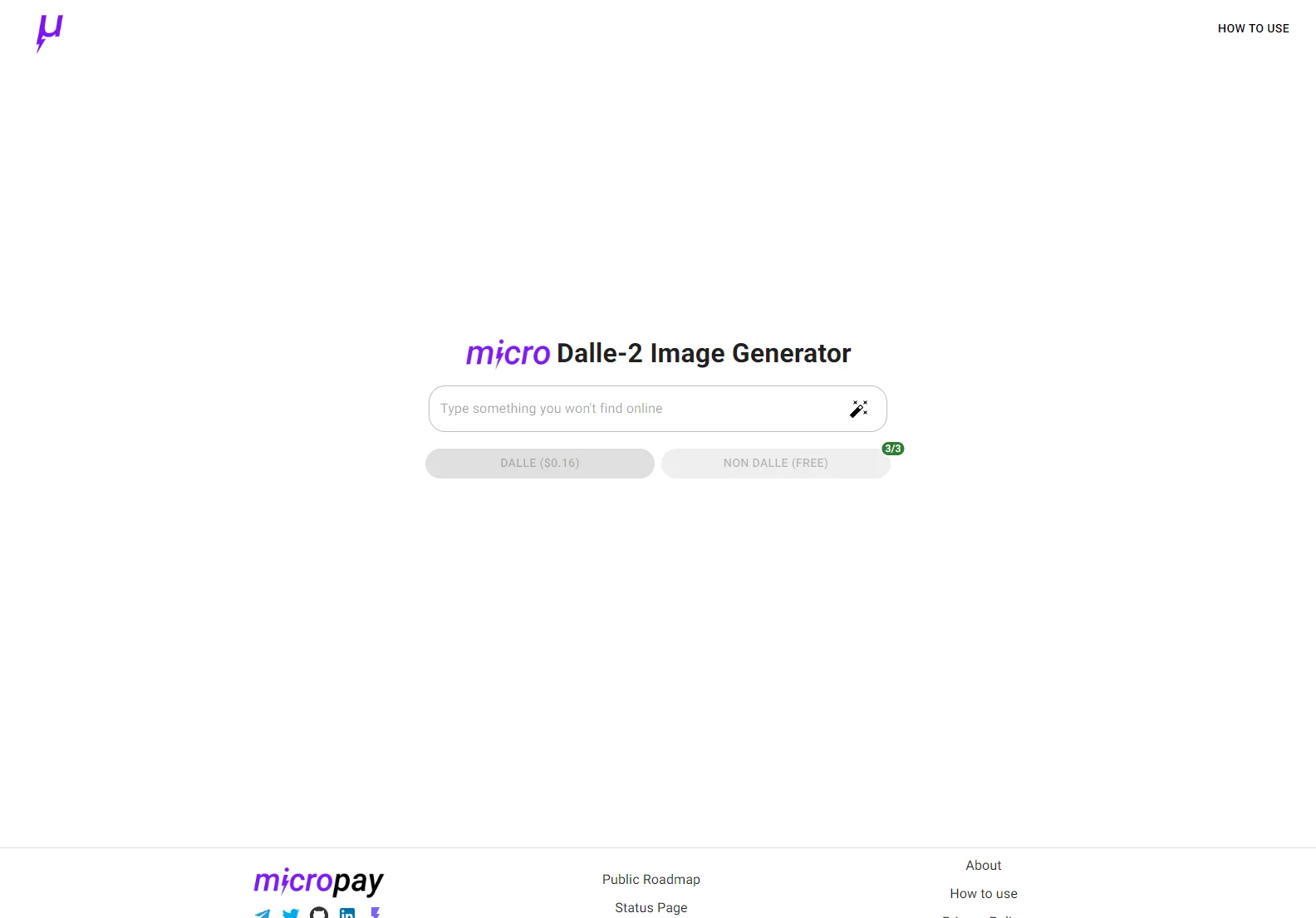Dalle-2 Image Generator: A micropay Approach
This article explores Dalle-2, a unique image generator distinguished by its micropayment model. Unlike many free alternatives, Dalle-2 operates on a pay-per-use system, charging a small fee for each image generation. This approach offers several advantages and disadvantages which will be explored in detail.
How Dalle-2 Works
Dalle-2 uses a sophisticated AI model to create images from text prompts. Users input a description of the desired image, and the AI generates several variations. The quality of the generated image depends on the clarity and detail of the prompt. The micropayment system ensures that users only pay for the images they actually use.
Advantages of the Micropayment Model
- Cost-Effectiveness: Users only pay for what they need, avoiding unnecessary expenses.
- High-Quality Images: The pay-per-use model may incentivize developers to maintain high image quality.
- Scalability: The system can easily handle a large number of users without significant infrastructure costs.
Disadvantages of the Micropayment Model
- Cost Barrier: The pay-per-use model can be a barrier for users with limited budgets.
- Unpredictable Costs: The cost of generating images can vary depending on the complexity of the prompt.
Comparison with Free Alternatives
Many free image generators exist, offering similar functionality. However, these often have limitations such as lower image quality, longer processing times, or restrictions on usage. Dalle-2's micropayment model allows for potentially higher quality and faster generation times, but at a cost.
Conclusion
Dalle-2 presents a compelling alternative to free image generators. Its micropayment model offers advantages in terms of cost-effectiveness and scalability, but it also introduces a cost barrier for some users. The choice between Dalle-2 and free alternatives depends on individual needs and budget constraints. The key is to weigh the benefits of higher-quality, faster generation against the cost of using the service.

